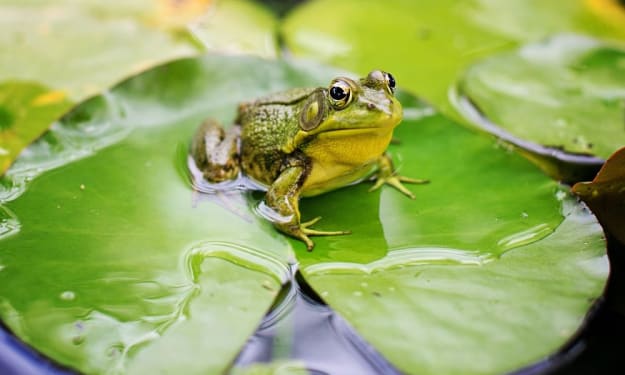
The fall season brings with it a stunning display of colors, crisp air, and the return of pumpkin spice everything. But for many species of birds, it marks the beginning of an incredible journey. As the weather changes and food becomes scarce, birds instinctively begin their annual migration, traveling hundreds or even thousands of miles to reach their wintering grounds. Let's take a closer look at the fascinating phenomenon of bird migration patterns in the fall.
What is Bird Migration?
Bird migration is the regular seasonal movement of birds from one location to another. This journey is usually driven by the changing seasons and the need to find food and suitable breeding grounds. While some birds may only travel short distances, others embark on epic journeys that span continents and oceans.
Why Do Birds Migrate in the Fall?
The fall migration is triggered by a combination of factors, including temperature, daylight hours, and food availability. As the days get shorter and the temperatures drop, birds start to prepare for their long journey ahead. This is also the time when many plants and insects begin to die off, making it harder for birds to find food. To ensure their survival, birds must travel to warmer regions where food is more abundant.
The Different Types of Migration
There are several types of bird migration, and each species has its own unique pattern. Some birds, such as hummingbirds, migrate alone, while others, like geese, travel in large flocks. Some birds also migrate during the day, while others prefer to travel at night. This is known as diurnal and nocturnal migration, respectively. Additionally, some birds migrate in a straight line, while others follow a more zigzagged route.
Short-Distance Migration
Many birds that live in temperate regions, such as sparrows and robins, only migrate short distances. They may travel a few hundred miles to reach milder climates, but they don't go too far from their original breeding grounds.
Medium-Distance Migration
Other birds, like warblers and thrushes, migrate medium distances, usually from the northern parts of the United States and Canada to the southern U.S. and Mexico. These birds may travel up to a few thousand miles to reach their wintering grounds.
Long-Distance Migration
The most impressive migrations are those of birds that travel thousands of miles across continents and oceans. These include species like the Arctic tern, which travels from the Arctic to the Antarctic every year, covering a distance of over 40,000 miles.
The Fall Migration Route
The fall migration route is not a straight line; instead, it follows a series of stopovers. These are locations where birds can rest and refuel before continuing their journey. These stopovers are critical for birds, as they need to replenish their energy reserves to complete the long journey.
Birds use a variety of landmarks and cues to navigate, including the position of the sun, magnetic fields, and even the stars. They also rely on their keen sense of smell and landmarks such as mountain ranges and coastlines to guide them on their journey.
How Do Birds Prepare for Migration?
Before they embark on their journey, birds must prepare themselves physically and mentally. They start by building up their fat reserves, which will fuel their flight. Some species may double their body weight before leaving. Birds also undergo physiological changes, such as growing new feathers, to prepare for the long journey ahead.
Another crucial aspect of migration preparation is social behavior. Birds that travel in flocks must establish a hierarchy and learn to communicate effectively with each other. They also need to practice flying in formation, which helps reduce wind resistance and conserve energy.
The Challenges of Migration
Migration is a perilous journey, and many birds don't make it to their destination. They face numerous challenges along the way, including bad weather, predators, and man-made obstacles such as tall buildings and power lines. In recent years, climate change has also had a significant impact on migration patterns, causing birds to alter their routes or arrive at their destination too early or too late.
The Return of Migrants in the Spring
In the spring, as the days get longer and the temperatures rise, the reverse migration begins. Birds start to make their way back to their breeding grounds, often following the same route they took in the fall. Once they arrive, they begin the process all over again, establishing territories, finding mates, and raising their young.
In Conclusion
Bird migration patterns in the fall are truly a natural wonder. These incredible journeys showcase the resilience and adaptability of these fascinating creatures. It's a reminder that we share this planet with many other species and that we must do our part to preserve their habitats and ensure their survival for generations to come.
So, the next time you see a flock of birds flying overhead, take a moment to appreciate the incredible journey they are undertaking. And remember, without these migratory birds, our world would be a much less colorful and vibrant place.
About the Creator
Hasan
Welcome...
In this site of mine you can learn amazing things and many information that you don't know so please subscribe to my site.
Enjoyed the story? Support the Creator.
Subscribe for free to receive all their stories in your feed. You could also pledge your support or give them a one-off tip, letting them know you appreciate their work.






Comments
There are no comments for this story
Be the first to respond and start the conversation.